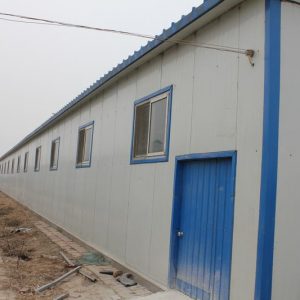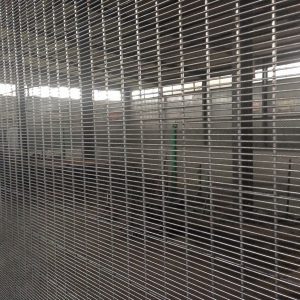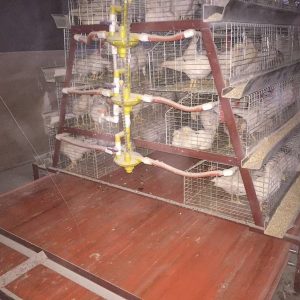
Key points of young pheasant breeding technology
Pheasants are brooding stage before 6-8 weeks of age. The chicks are delicate and if not managed well, the mortality rate is very high. Therefore, in feeding management, we must also pay attention to the following aspects.
The young pheasant that has just emerged from the shell is mainly based on the unabsorbed egg yolk as nutrition. Generally, it can be eaten after about 24 hours from the shell. Corn, fish meal, bran, bean cake, bone meal, and many vitamins should be used within one week. The small pellets made of elements are the main feed, which is mixed with water and then fed. At the beginning, small meals should be taken. At the beginning of feeding, you can spread a clean plastic sheet or paper, spread the feed on it, and let the chicks peck.
The first 1-3 days should be given 24 hours of light for the young pheasants to recognize their food and drink water. When feeding each time, carefully observe whether any young pheasants are not actively eating. If so, they must be treated seriously, special care, and timely If a potential hazard is found, please consult a veterinarian if necessary.
Whether the brooding temperature is suitable or not directly affects the survival rate of the brooding. A suitable temperature can make the chicks healthy and lively, with a large feed intake, strong resistance and not easy to get sick. Generally, before brooding, the room temperature of the brooding house should reach 33-37℃. After the young pheasants enter the house, the performance of the young pheasants can be observed. When normal, the young pheasants are evenly distributed, healthy, active, and active. When it is overheated, the young pheasants open their mouths to breathe, their wings spread, and their activities are reduced. When it is too cold, the young pheasants squeeze together, or even pile up and squeeze, and their feathers stand upside down. At this time, the temperature in the house should be adjusted in time, and then the temperature can be reduced by 2 ℃ every week, and the temperature can be adjusted to the normal temperature at the end of the brooding period.
Young pheasants are lively: sometimes pecking feathers, legs, and anus at each other. Be careful not to form a habit, or cut off the beak before and after 15 days of shelling, but the male pheasant can be constantly beaked for mating. , And cut off the beak after stopping seeding.



